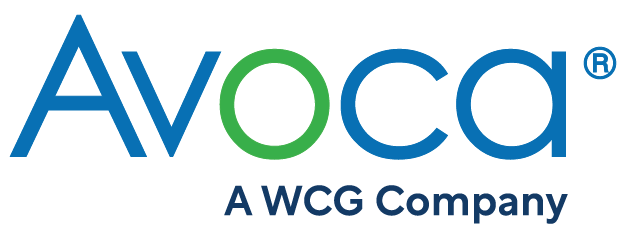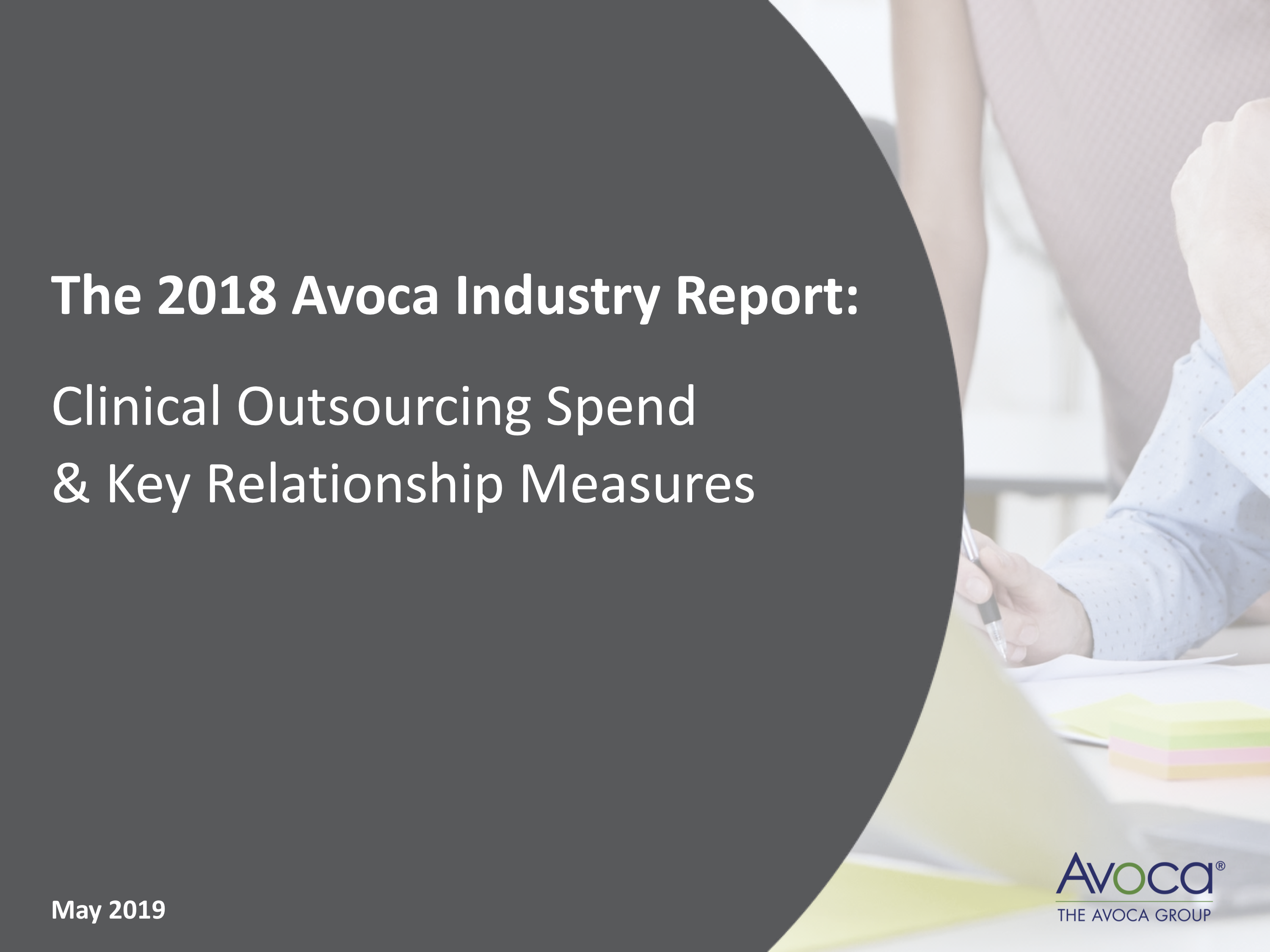Article: Avoca Group’s Industry Research Report on Clinical Outsourcing: Spend, Models, and Measures
By Dennis Salotti, COO, The Avoca Group
Applied Clinical Trials – September 13, 2019
Each year, The Avoca Group invites clinical trial professionals from sponsor and provider organizations to participate in research on prescient industry topics and to provide key benchmarks on the current state of clinical outsourcing. For this year’s report, Avoca analyzed data from approximately 300 web survey responses representing over 200 global individual sponsor and provider organizations.
Sponsor respondents, 128, represented a balanced distribution across small (sales <$500 million), mid-sized (sales $500 million–$10 billion), and large (sales >$10 billion) biopharmaceutical firms. Nearly two-thirds of respondents were in clinical development/operations, quality assurance/compliance, and executive management functions. Small and mid-sized CROs (sales <$50 million and $50-$500 million, respectively) were represented most prominently (81%), with large CROs (sales >$500 million) and non-CRO clinical service providers rounding out the sample (Figure 1).
.jpg)
Figure 1: Respondent characteristics.
Current and future trends in clinical outsourcing spend
Similar to the findings from Avoca’s 2017 research13, current and forecasted levels of outsourcing spend in clinical development remain stable. In aggregate, sponsors indicate they outsourced 61% of clinical development work and anticipate remaining around this level through 2021 (Figure 2). Continued growth overall in R&D spending1along with increasing costs of drug development2will drive spend in outsourced clinical development despite the relative proportion allocated to outsourced spend remaining flat.
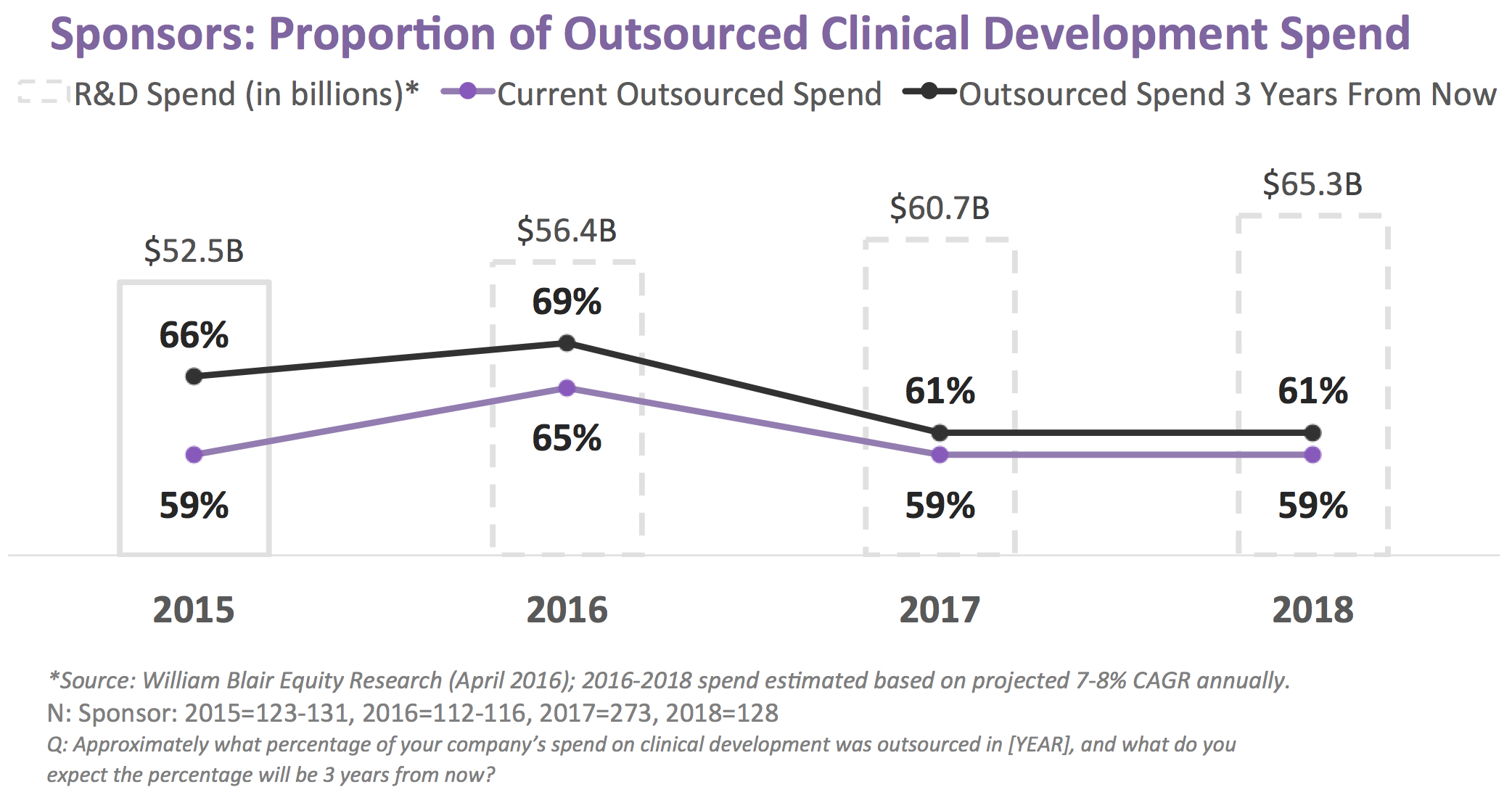
Figure 2: Outsourced clinical development spend.
When asked to further allocate their clinical outsourcing spend in relative proportions to full service and functional service provider (FSP) types, in aggregate, sponsors indicated a relatively even split in both current and three-year estimates. Breaking out smaller (sales <$2 billion) from the top 50 biopharmas (sales >$2 billion), smaller sponsors currently allocate more of their outsourced clinical development spend to full service providers compared with their larger counterparts that maintain a relatively balanced allocation to full service and FSPs (Figure 3). In three years, this difference is anticipated to narrow to a more balanced allocation across models, regardless of company size.
.png)
.png)
Figure 3: Allocation of clinical outsourcing spend by company size and outsourcing model.
Providers indicated that a larger proportion of their revenue comes from FSP than from full-service arrangements (2018: FSP, 57%; full service, 43%). And, like sponsors, they reported stability through 2021 in these relative allocations by model (2021: FSP, 53%; full service, 47%). Launch announcements at the 2019 DIA Annual Meeting by two of the top 10 CROs3,4for FSP offerings, and identification of functional service solutions among the 2019 Key Strategic Initiatives by a third CRO,5may indicate continued growth in the demand for FSP either alone or as part of mixed-model outsourcing approaches.
In order to understand what’s driving model selection, we examined the key health indicators for outsourcing, both in aggregate and by outsourcing model primarily employed, while also examining other cohorts such as sponsor company size and respondent length of experience.
Key outsourcing health indicators – relationship, quality, delivery, value
There remains a persistent gap in perceptions of satisfaction between sponsors and providers across several key health indicators for outsourcing, including satisfaction with the relationship, overall work, quality, and value delivered/received. Results from 2018 represent the widest gap recorded within each attribute (Figure 4). To refine our understanding of factors that may impact these ratings, we evaluated several subgroups and identified three key comparisons where perceptions differed: company size, outsourcing model primarily employed, and respondent tenure in the biopharma industry.
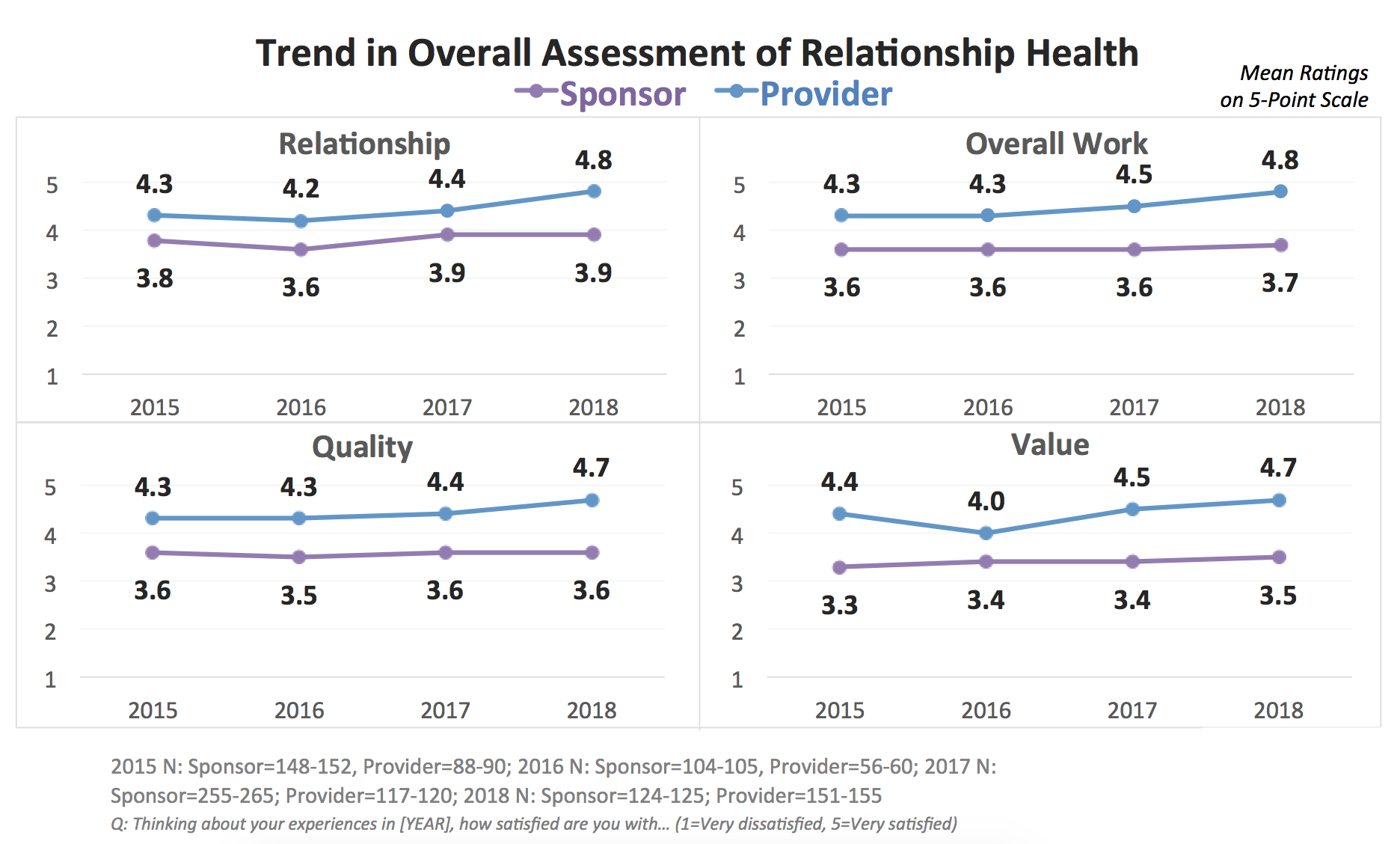
Figure 4: Trend in overall assessment of relationship health among sponsors and providers.
Company size
When sponsor companies with less than $2 billion in sales (smaller biopharma) were compared to those with sales exceeding $2 billion (larger biopharma), we found slightly lesser mean satisfaction scores across all dimensions. On further breakout to examine the smallest biopharma category, those representing <$500 million in sales, considerably more neutral views of providers for quality, overall work, and value as compared to all other larger organizations were found (Figure 5).
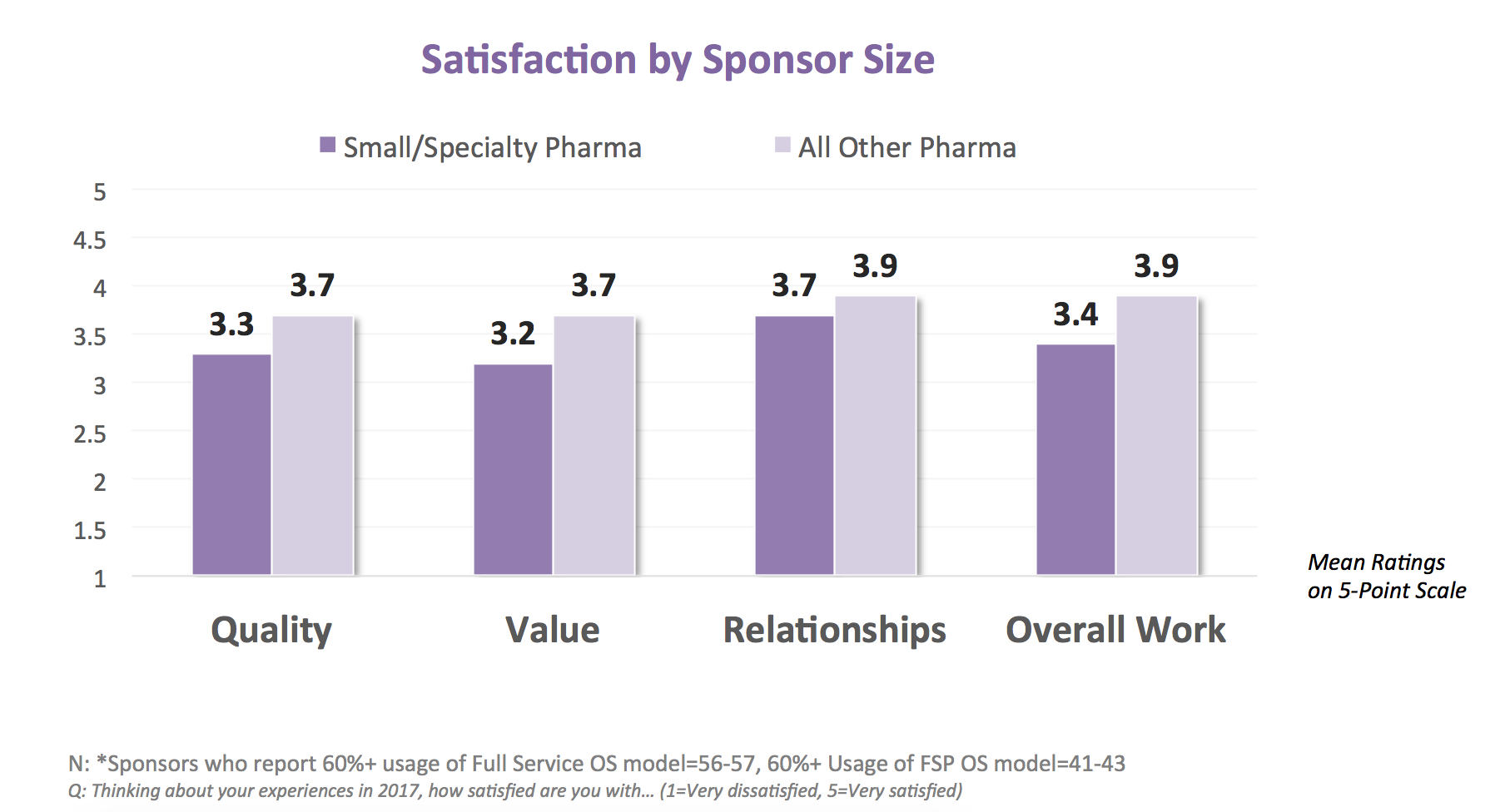
Figure 5: Satisfaction scores of smallest biopharma categories compared to mean.
Increased funding into the biotherapeutics sector6—and a growing trend among large CROs to focus on biotech with the formation of targeted divisions or acquisitions7-9—may address a commonly vocalized perception of smaller biopharma receiving lesser levels of service compared to their larger peers. We may see ratings of satisfaction with providers begin to align across sponsors of all sizes in future studies.
Outsourcing model
The superiority of one model over another in terms of delivering execution, quality, and value back to the sponsor organization is a frequent debate in the clinical outsourcing community. Using the model-specific spend data captured in this research to define cohorts, we compared models across Avoca’s four key clinical outsourcing health indicators to examine the influence of model selection on relationships, quality, overall work, and value. We assigned sponsors to either a primarily full-service or primarily FSP outsourcing model based on a minimum usage of 60% for either model as identified in their response and, using these balanced group assignments, found that there was no difference in how sponsors perceived their relationships: FSP and full-service paradigms both yielded fairly high (3.8 out of 5) ratings of satisfaction. Slight differences emerged for overall work, quality, and value where FSP was given slightly more favorable responses than full-service (Figure 6). This model-specific assessment of satisfaction requires further study and longitudinal monitoring to understand if a trend is emerging in favorability of one model to another.
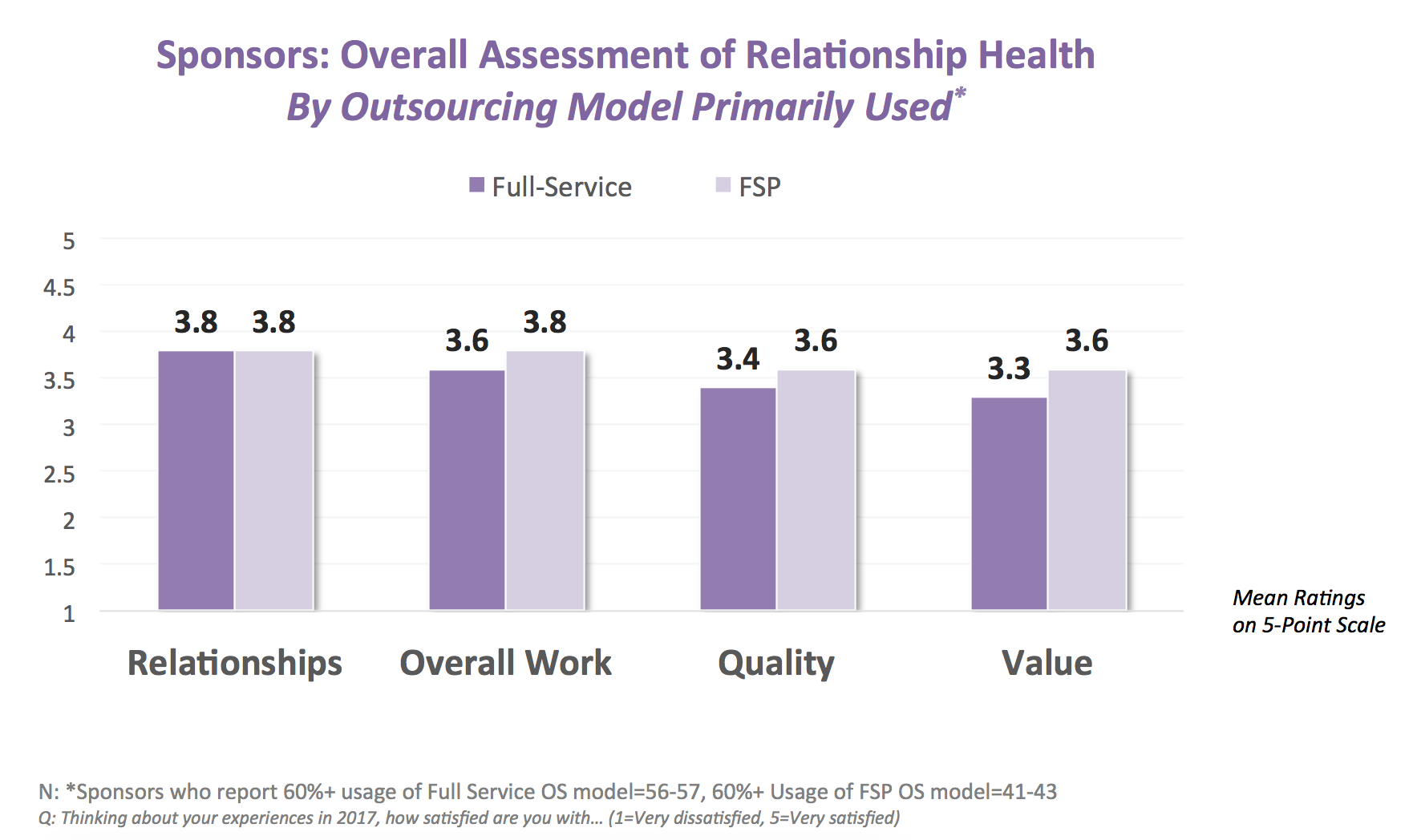
Figure 6: Overall assessment of outsourcing relationship health by outsourcing model primarily used.
Tenure in industry
Perhaps the most intriguing differences appeared when we compared sponsor respondents’ perception of satisfaction to their length of time working in the biopharma industry. Using 10 years of service as the cut-point between groups, professionals with 10 or more years of experience in industry expressed much more neutral levels of satisfaction with quality, overall work, and value as compared to their lesser experienced peers who had higher levels of satisfaction (Figure 7).
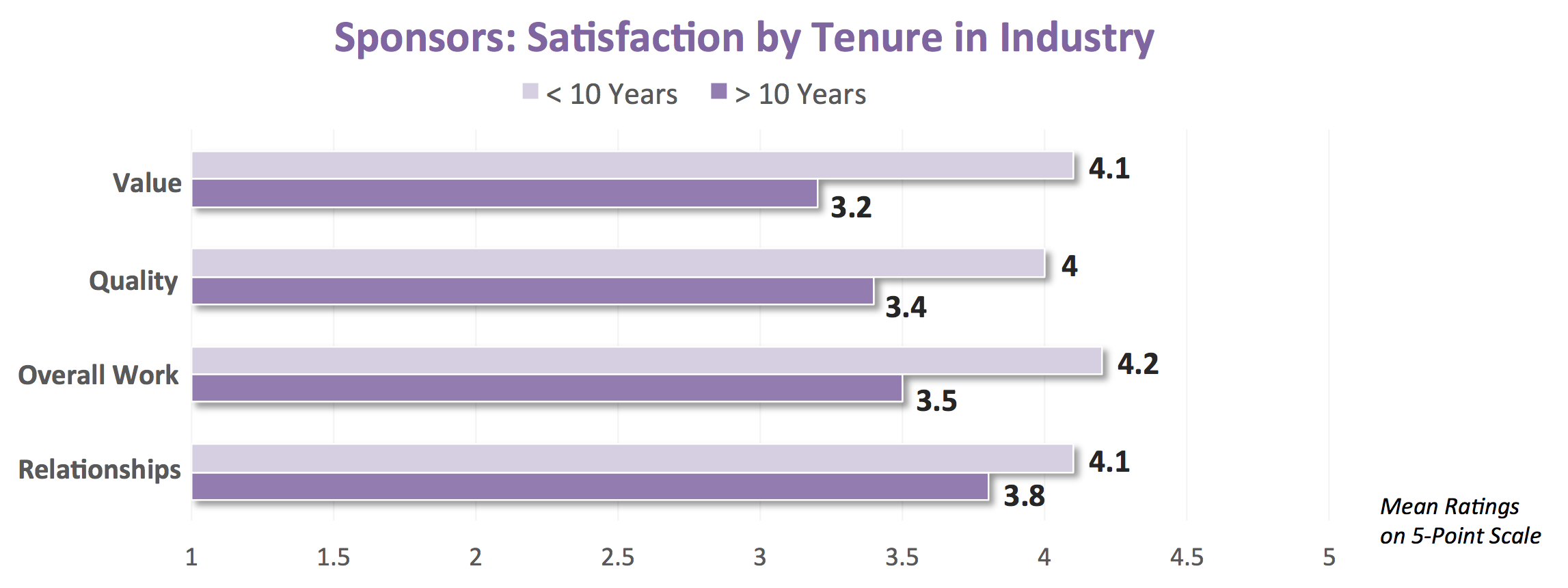
Figure 7: Comparison of perceptions of satisfaction with key outsourcing health indicators by length of time in industry.
When we resist the urge to leap to an assumption that these less critical views are a function of naivete from lesser experience, a few provocative ideas come to mind—all of which require further discussion and study.
Provocative idea 1
In recent years (10 or less), entrants to the clinical trials industry are less likely to know an operating model other than one involving considerable amounts of outsourcing. Their comparative frame of reference may differ from that of longtime veterans of clinical research and development.
In 2008, the Tufts Center for the Study of Drug Development estimated the total market size for contract clinical services at approximately $8.5 billion. Nearly 10 years later, market sizing estimates put the contract clinical service industry at over $30 billion. Using these dollars as a surrogate for the volume and prevalence of outsourcing, it is plausible that many clinical trial professionals with less than 10 years of experience have known no other model than one with heavy reliance on outsourced activities. Many professionals that are relatively early in their careers may not carry a ‘when we did it in-house’ context. Without an intrinsic frame of reference from direct personal experience, these next-generation professionals may fundamentally differ in how they perceive the quality, value, and delivery of outsourced clinical trial services—and may, in the absence of conscious or unconscious biases, carry a mindset free from barriers to effective partnering and oversight.
Provocative idea 2
Newer entrants into the clinical trials sponsor workforce are more likely to have worked for a CRO and; therefore, may have greater appreciation for their CRO counterparts than those without that experience.
Data from the Tufts Center for the Study of Drug Development10 illustrate the impact that growth in the CRO market has had on employment demographics across pharma. Headcounts from major CROs outpace those of major sponsors as far back as 2010, as sponsors strive to trade fixed for variable costs of labor through headcount reductions and concurrent upscaling of outsourcing activity.11
With the continued growth in outsourcing activities and productivity pressures on sponsors, it is reasonable to assume that this trend is biasing talent pools at sponsor firms towards a higher prevalence of individuals who have ‘walked in the shoes’ of their clinical service provider counterparts.
Should this phenomenon hold true (it was not studied as part of this research), greater levels of understanding of how providers function would positively influence key attributes of effective outsourcing relationships such as communication, expectation setting, and issue resolution—all of which lead to improved scoring on topline measures of outsourcing health, such as those we observed.
Provocative idea 3
Those earlier in their careers may—as a function of their generational cohort—carry materially different perspectives on risk, quality, innovation, technology, and the workplace than generational cohorts preceding them.
At the risk of being labeled a generational relativist, the difference in perceptions by tenure in industry could indicate the beginnings of a broader shift in perceptions brought about by differences in generational cohorts within the current workforce.
A 2017 study11 of 8,000 millennials (ages 18–34 at the time) conducted by the research software company Qualtrics and venture firm Accel found:
- 43% of millennials see technology as a double-edged sword and fear it may someday make their role obsolete
- 43% express desire for a more fulfilling job as a reason to change jobs
- 51% (double the proportion of Gen Xers and boomers) indicate concern around not having the right skills to succeed in their workplace
This begs the question of how these and other perceptions, perspectives, and desires in this cohort of up-and-coming clinical trial professionals will impact the clinical trials industry and whether we are taking appropriate steps to maximize our opportunities to make them successful.
Considering the vastly different perspectives on, and relationships to, things like data, technology, career, and risk appetite, it isn’t too far a leap to assume that these perspectives may be influencing views on clinical outsourcing and potentially other aspects of job performance and job satisfaction among the <10-year experience cohorts.
Conclusion
The trend in outsourced clinical development spend remains consistent with previous waves of research and is forecasted to remain stable through 2021 at around 60% of the total clinical development budget. Similarly, trends in perceptions of satisfaction across key dimensions of clinical outsourcing health appear to be static with a prevalent gap between sponsors and providers, particularly between providers and small biopharma. Tenure in industry—and perhaps generational cohort—also appears to surface interesting differences in perception, though the underlying reasons require further study.
Dennis Salotti is Chief Operating Officer of The Avoca Group
References
- Evaluate. “EvaluatePharma world preview 2019, outlook to 2024.” 12thEdition. 2019. https://info.evaluate.com/rs/607-YGS-364/images/EvaluatePharma_World_Preview_2019.pdf(accessed August 29, 2019)
- DiMasi JA, Grabowski HG, Hansen RW. “Innovation in the pharmaceutical industry: new estimates of R&D costs.” J Health Econ. 2016;47:20-33
- “Parexel Launches Enhanced Integrated FSP Model to Deliver More Innovative Partnerships,” Press Release, (23 June 2019), https://www.parexel.com/news-events-resources/news/current/parexel-launches-enhanced-integrated-functional-service-provider-model-drive-delivery-innovative-clinical-research-partnerships(accessed August 29, 2019)
- “Syneos Health Introduces FSP 360 – Next Evolution Model Provides Customers Broadest Range of Functional Service Provider Solutions,” Press Release, (24 June 2019), https://www.syneoshealth.com/news/press-releases/syneos-health-introduces-fsp-360-%E2%80%93-next-evolution-model-provides-customers(accessed August 29, 2019)
- Brennan B. “Market Trends and Opportunity, Strategic Focus, Financial Performance, 2019 Guidance, and Investment Summary.” ICON. Presented at the William Blair Growth Conference, June 2019. https://investor.iconplc.com/static-files/d8d0ac52-a118-4fa9-96ff-f6d2e3796522(accessed August 29, 2019)
- Pihl-Carey K. “Record-hitting series A funds redefine early science,” BioWorld http://www.bioworld.com/content/record-hitting-series-funds-redefine-early-science(accessed August 29, 2019).
- “IQVIA Launches IQVIA Biotech, Dedicated to Emerging Biotech and Biopharma Industry.” Published online Feb. 2019. https://www.iqvia.com/newsroom/2019/02/iqvia-launches-iqvia-biotech-dedicated-to-emerging-biotech-and-biopharma-industry(accessed August 29, 2019)
- Fassbender M. “Parexel launches dedicated biotech division.” Outsourcing-Pharma.com. Published online Jan. 8, 2019. https://www.outsourcing-pharma.com/Article/2019/01/08/Parexel-launches-dedicated-biotech-division(accessed August 29, 2019)
- Fassbender M. “Chiltern acquisition improves competitiveness of offerings, says Covance CEO.” Outsourcing-Pharma.com. Published online July 30, 2017. https://www.outsourcing-pharma.com/Article/2017/07/31/LabCorp-acquires-Chiltern-for-1.2bn(accessed August 29, 2019)
- “Drug Development Outsourcing Outpaces Internal Spending but Remains Tactical and Reactive, According to Tufts Center for the Study of Drug Development,” Press Release, (March 05, 2019), https://www.globenewswire.com/news-release/2019/03/05/1748089/0/en/Drug-Development-Outsourcing-Outpaces-Internal-Spending-but-Remains-Tactical-and-Reactive-According-to-Tufts-Center-for-the-Study-of-Drug-Development.html(accessed August 29, 2019)
- Clinical Trials Transformation Initiative. “Quality objectives of monitoring Workstream 2. Project: effective and efficient monitoring as a component of quality in the conduct of clinical trials.” 2009. https://www.ctti-clinicaltrials.org/files/getz_augustctti-fdameeting.pdf(accessed August 29, 2019)
- Accel + Qualtrics. “The millennial study.” 2017. https://www.qualtrics.com/millennials/(accessed August 29, 2019).
- http://www.theavocagroup.com/wp-content/uploads/2017/09/2017-Avoca-Industry-Survey-Report.pdf
To download the 2018 Avoca Industry Report, “Clinical Outsourcing Spend & Key Relationship Measures” click the image below (or click here).
